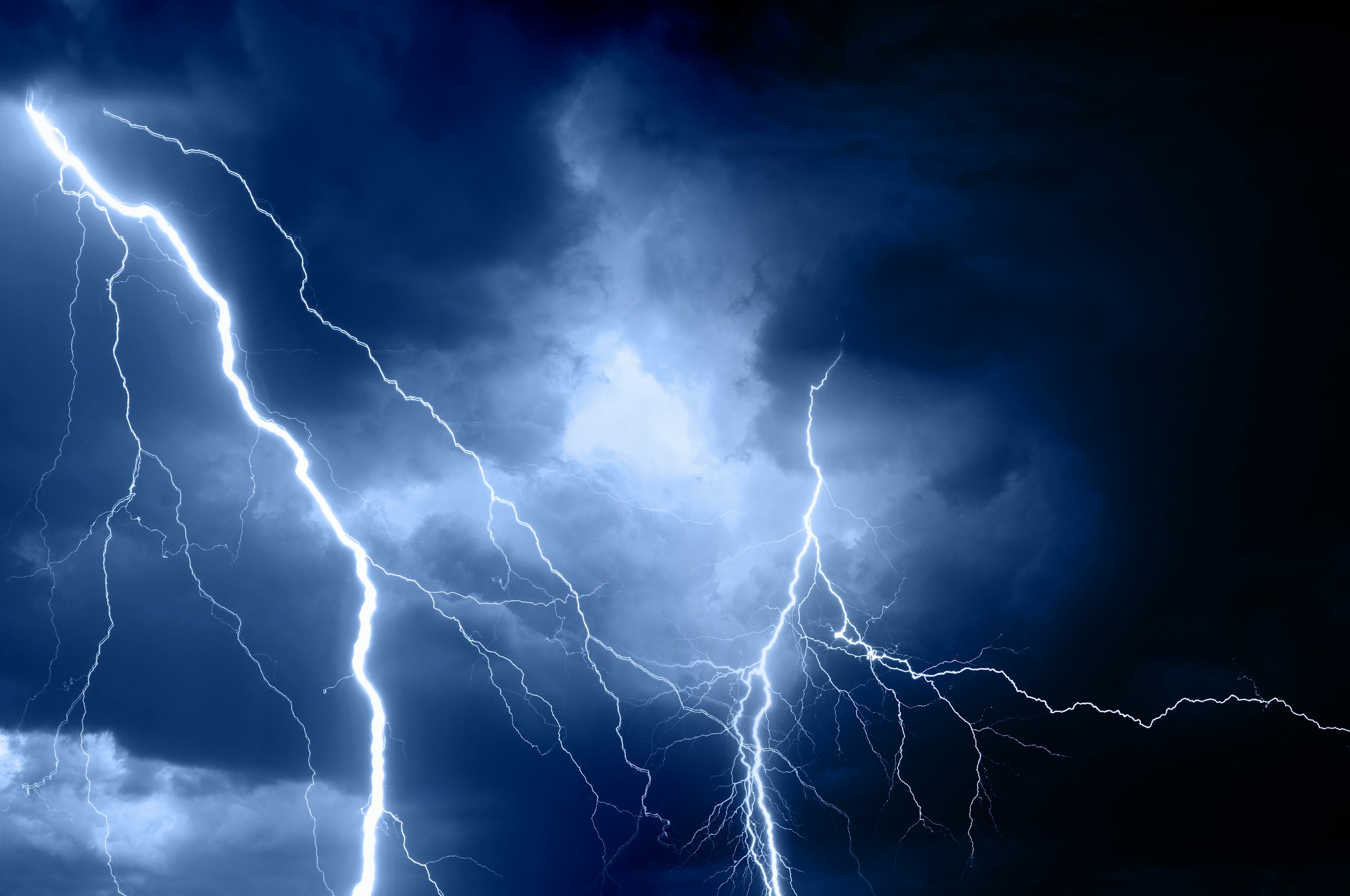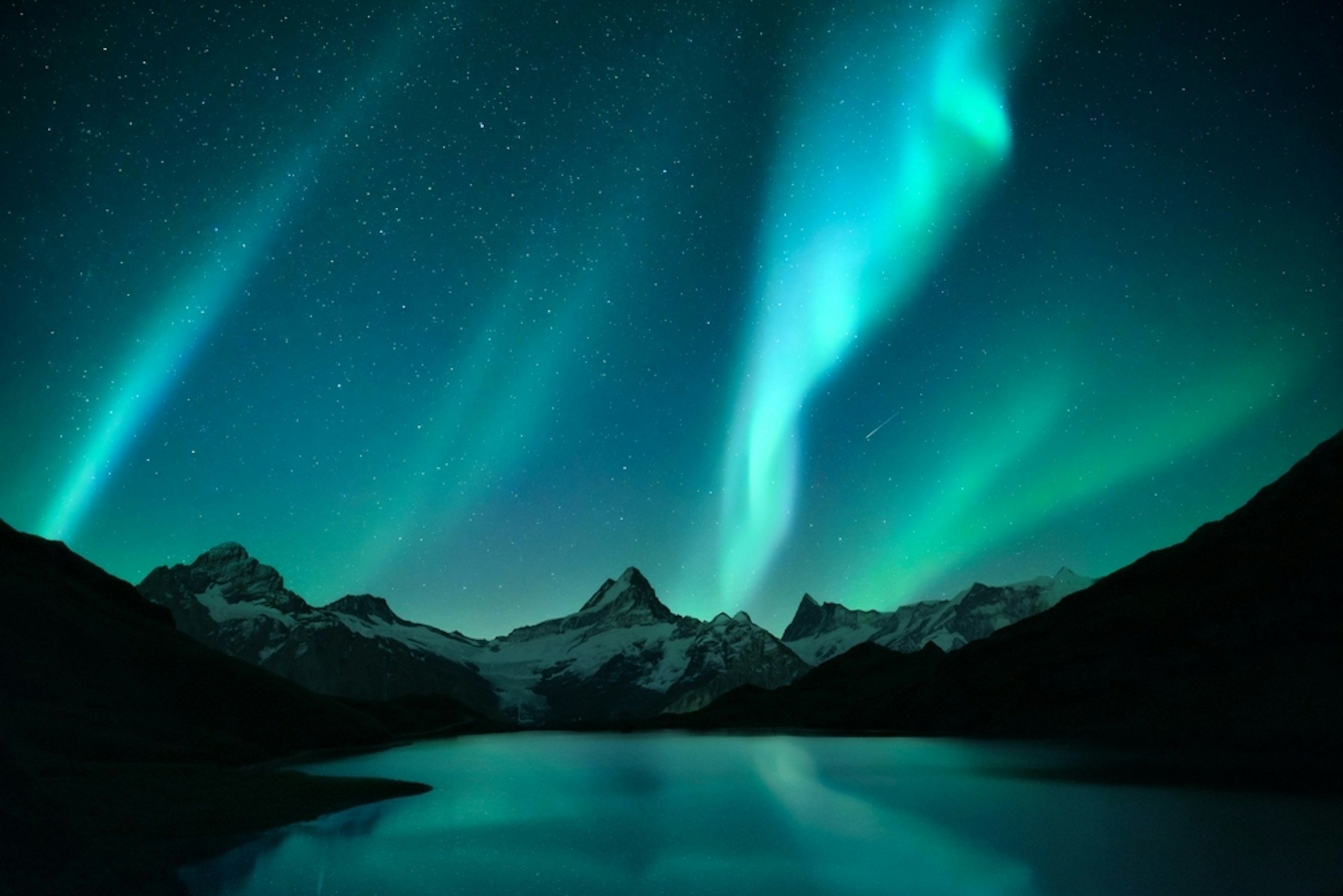
You may already know that a substance can be solid, liquid or a gas. Think about water. If it is very cold, below 0°C, it is ice (= solid). Between 0°C and 100°C, it is water (= liquid). And does it get warmer than 100°C? Then it turns into water vapour (= gas).
But do you also know that there is a 4th state? We call it plasma. You get it by making a gas very, very hot or by adding electricity. The gas particles then fall apart into positively and negatively charged particles.
This large glass sphere is filled with gases. Electricity turns that gas into plasma and you can see those beautiful luminous plasma threads forming.
When you put your finger on the glass, you see a plasma wire running from the centre towards your finger. The negatively charged particles then pass through your body to the ground. You thus act as a so-called grounding. Try it out!


Plasma in lightning
Lightning is plasma. Lightning is nothing more than a very powerful electric spark between the earth and clouds, or between clouds. During such a lightning flash, the air is heated very strongly in a fraction of a second, sometimes to more than 10,000°C.
Plasma in auroras
The sun can emit a plasma cloud, a cloud of charged particles. When these charged particles collide with our atmosphere, you see a spectacular colour display: an aurora. In the northern hemisphere we call this northern lights, in the southern hemisphere the southern lights.

